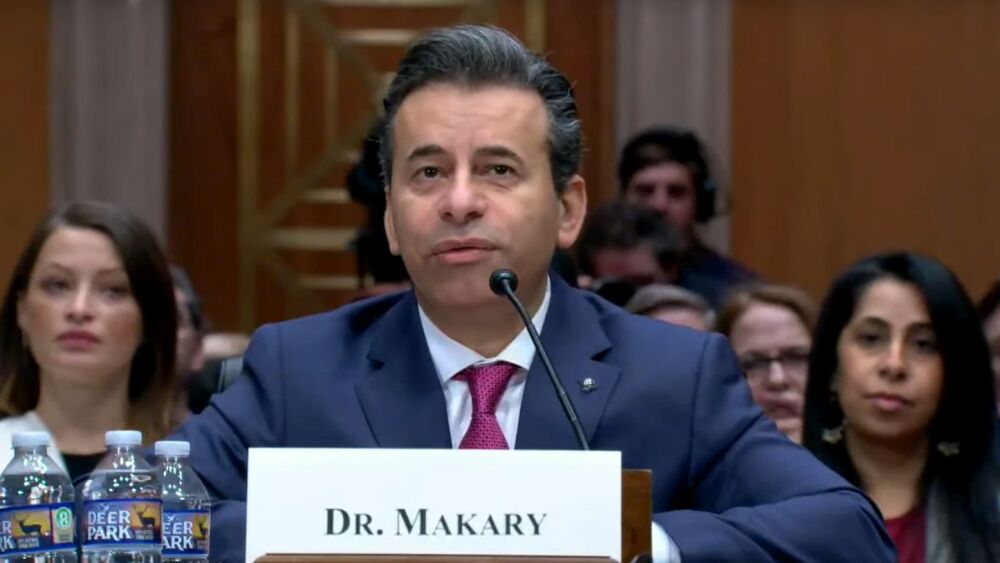Unlike other hemophilia therapies, Qfitlia is indicated for both hemophilia A and B, and can be given in patients regardless of the presence of neutralizing antibodies against clotting factor VIII or IX.
The FDA on Friday gave the greenlight to fitusiran, Sanofi and Alnylam’s RNA interference therapy, for the treatment of hemophilia A or B. Fitusiran will be marketed under the brand name Qfitlia.
In a Friday note to investors, analysts at William Blair called Qfitlia’s approval “a meaningful positive” for Alnylam, one that “stands to provide the company with a meaningful royalty stream.”
As per Qfitlia’s label, the drug can be used as routine prophylaxis to reduce or prevent bleeding episodes in patients with hemophilia A or B, regardless of the presence of factor VIII or IX inhibitor antibodies, which commonly arise in patients with hemophilia. The drug, which can be given in patients 12 years of age and older, comes with a boxed warning for thrombotic events and recurrent gallbladder disease.
Hemophilia is a rare disease characterized by faulty blood clotting stemming from dysfunctional or insufficient levels of certain proteins called clotting factors. Patients with hemophilia suffer from extensive bruising and unexplained, prolonged and excessive bleeding, even from small cuts. There are several different types of hemophilia, the most common of which are A and B. Hemophilia A is caused by insufficient levels of clotting factor VIII, while hemophilia B is caused by a deficiency in factor IX.
Most hemophilia treatments on the market are able to address only one disease subtype because they work by replacing a specific clotting factor. Qfitlia, however, targets and lowers the expression of antithrombin (AT), a protein that under healthy circumstances blocks blood clotting.
Qfitlia “aims to lower levels of AT, which may promote effective thrombin levels in hemophilia A/B patients with or without inhibitors to permit effective clotting,” said the William Blair analysts, adding that in the long run such a mechanism could be better for patients than replacement therapies. “On-demand or prophylactic use of factor replacement therapy is costly, and patients are at risk of developing neutralizing antibodies or inhibitors to replacement therapy,” they wrote.
Despite these advantages, William Blair nevertheless flags a “commercial risk” for Qfitlia, especially given “recent struggles” in the space. BioMarin’s Roctavian, the first-ever gene therapy for hemophilia A, approved in June 2023, has had trouble gaining steam on the market. Following an underwhelming launch, the company in August 2024 scaled back its commercialization efforts to just three markets: the U.S., Italy and Germany.
Uptake for CSL Behring’s Hemgenix, the first gene therapy for hemophilia B, has also been slow, according to William Blair.
As per William Blair’s projections, Qfitlia could reach peak penetration of 15% in severe hemophilia A and B populations. By 2030, William Blair forecasts Qfitlia sales of “just above” $700 million in the U.S., jumping to roughly $1.3 billion when also accounting for EU markets. In a statement to Endpoints News, a Sanofi spokesperson said that Qfitlia will be available to most patients for $642,000 per year.






